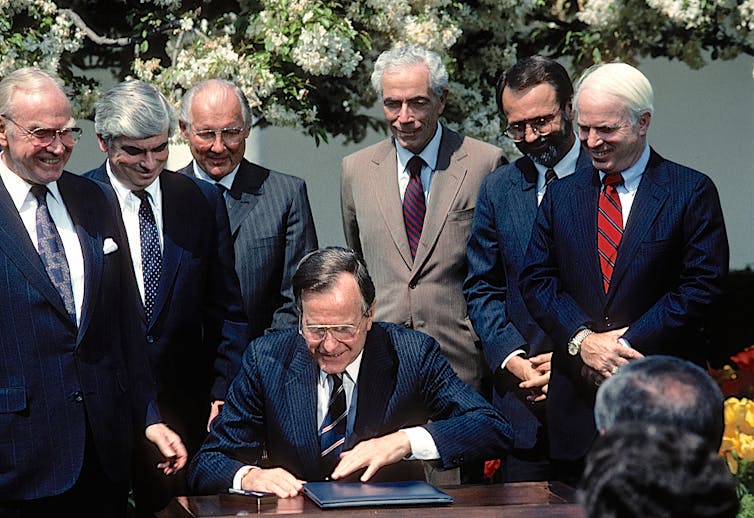The 1400 page plus omnibus bill that the Minnesota Legislature passed in the closing days of the session is likely unconstitutional. The reason is that it violated the single subject rule. of the Minnesota Constitution.
Article four, section 17 of the Minnesota Constitution declares “that no law shall embrace more than one subject, which shall be expressed in its title.” This clause refers to the single subject rule, which is similar across other state constitutions in the United States. The single subject clauses were adopted in the nineteenth century; the purpose of them was to address what some people call it legislative mischief. Specifically, they were meant to address situations where legislation was jammed together in one bill forcing individuals to vote for provisions in the bill that they might not otherwise support because they wanted other provisions.
The single subject rule is in many ways an anti-logrolling measure. But it is more than that. It is as the Minnesota Supreme Court said in the leading case on this clause, Associated Builders v. Ventura, the purpose of the clause is to address mischief and abuses of legislative power and to make it possible for the public to know what the legislature is doing by forcing legislation to conform to its title and not use trickery to hide or embed legislation under some generic or vague title.. It is all about transparency and openness in government and to prevent corruption.
If we look at what was contained in this big omnibus tax bill, it perfectly fits the description of what the single subject rule was meant to prevent. It calls for the creation of new State Patrol headquarters; for health plans to cover abortion; and to regulate straw purchases and binary triggers with guns. It addresses traffic light cameras, motorcycles, and a host of other revenue and policy provisions. These are hardly topics that address a single subject.
The Democrats in the House by their own admission put all these provisions together out of frustration that the Republicans were slowing down the process. The Democrats wanted to short circuit Republican debate. They jammed all these provisions together in an effort to get it passed and do so quickly as the clock was running out in the session.
The DFL justifies this action to overcome or counter Republican dilatory tactics. For some, the argument would be that were the Republicans in the same position they would have done the same thing. Perhaps they would have but it does not make what the Democrats did correct or constitutional.
It may be about power politics. It may be all about winner-take-all politics but it's certainly not good legislating. It also sets up for the Republicans to do exactly the same thing. If and when they eventually take control again. It sets bad precedent and does nothing to dampen the inflamed polarization of politics in Minnesota. All of these reasons are the reasons why single subject rules were adapted.
In Associated Builders versus Ventura, the Minnesota Supreme Court debated what to do when there's a violation of a single subject clause. One argument would be just to excise off a topic that was not related to the title. Justice Paul Anderson argued instead that the Court should invalidate everything that was in the bill. It is not the job of the court to pick and choose what is the main versus ancillary subject. Moreover, by allowing some of the provisions to become law it still rewarded the legislature for its bad behavior. Voiding the entire statute would send the appropriate signal to the legislature that it needs to adhere to this constitutional provision.
Since the Associated Builders case the Minnesota Supreme Court has not vigorously enforced the single subject rule. However, if there was ever a case or a situation where the court should do so, this is the one. Should someone challenge this 1400 page legislation past precedent suggests this law is unconstitutional. However, one wonders if a majority- appointed Minnesota Supreme Court will enforce such a rule against a DFL controlled legislature.





